The Only Potty Training Schedule You’ll Ever Need
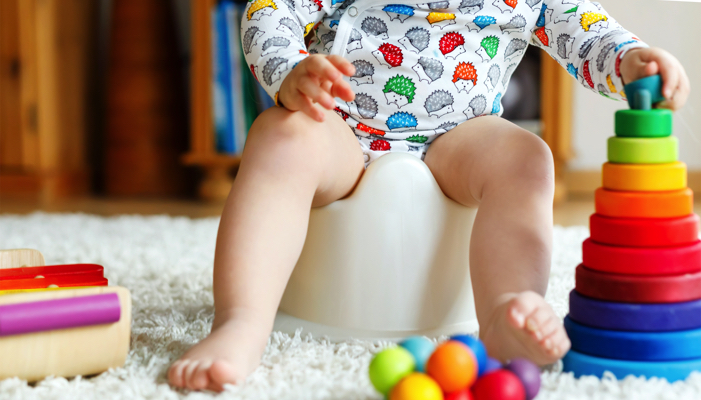
- Every potty training method has been successful for someone. There are pros and cons for each.
- Schedules are great for toddlers who thrive on routine and get annoyed by potty reminders.
- Personalizing your potty training schedule will reduce accidents and make for a happy potty training experience.
With so many potty training methods out there, it’s hard to know where to start. Will you clear your diary and watch your child like a hawk, swooping in when they do the pee-pee dance? Or maybe you’ll set a timer and take them every 20 minutes.
Perhaps you’re here because you’ve already decided that the scheduled approach is right for you. Now, you’re just looking for the perfect plan. The only toilet training schedule you’ll ever need? One that’s personalized to your child. This is how it’s done.
Why Do I Need a Potty Training Schedule?
There are hundreds of potty training methods out there, and it can feel overwhelming to choose one. However, the majority can be broken down into 3 simple categories.
| Category | Method | Pros | Cons |
| Cues | After ditching the diapers, stay close to your child and watch for signs that they need to go. You’ll quickly learn their cues so you can get them to the potty on time. | Usually the fastest method, taking 3 to 7 days. | You’ll have to clear your calendar and stay at home. This is not a method to try out at your in-laws’ when they’ve just bought a new couch! There will be a lot of accidents at first while you’re learning your child’s cues. You may annoy your toddler by reacting to false alarms, which can lead to resistance. |
| Timer | Set a timer of between 20 minutes and an hour. Every time the timer goes off, sit your child on the potty. | Good for avoiding too many accidents—if you get the timing right. Doesn’t require your constant attention. You can use pull-up pants for slower training but fewer accidents. | Twenty minutes might be great for the morning, but too frequent in the afternoon. Your toddler might start to resist the timer if it goes off too often. |
| Schedule | Create a schedule of times during the day for your child to visit the potty. Set them around your toddler’s daily routine (e.g. when they wake up, after meals, and before going outside). | Kids thrive on routine. They like to know what to expect. If you monitor the times they use their diaper before you start potty training, you can avoid the majority of accidents. Prevents you from annoying your child with frequent reminders. Schedules can be shared with other people who care for your child. | Requires you to have a consistent daytime routine in place. Accidents will happen until you get the schedule right. |
A potty training schedule will work best for your child if they like routine and don’t like reminders. You won’t be constantly asking ‘do you need the potty?’ as you’ll only prompt them at set times. By building trips to the potty into their day they’ll also know what to expect and will be less likely to resist it. They might even take the lead and start telling you when it’s time to go.
What is a Good Potty Training Schedule?
A good potty training schedule is one that’s personalized to your child. It should predict the times they’ll need to go and limit excessive trips to the potty.
How to create a personalized potty training schedule
- Don’t throw out the diapers yet!
- Write down your child’s usual routine including morning waking, naps, meals, and regular playtimes. Include the times they usually drink—potty training will be easier if you start to offer drinks at set times.
- Spend a few days watching your little one. Keep a diaper diary of the times they pee and poop. You might see a pattern emerging.
- Compare your daily routine to your diaper diary. Add potty visits to the routine at clear transition times like after breakfast or before going to the park.
- Congratulate yourself on creating a great and personalized potty training schedule! Unfortunately, kids do have a way of surprising us, so don’t laminate it just yet. You’ll probably notice slight adjustments that need to be made.
How Often Should You Take a Toddler to the Potty?
Aim to schedule using the potty roughly every hour to begin with. If this isn’t frequent enough you can increase it and vice versa.
When using the timer method, most experts recommend starting with 20-minute intervals. However, the scheduling method is less intensive and doesn’t require penciling in 36 trips to the bathroom. That would fill your diary!
How long after a toddler drinks do they pee?
Most children pee an hour after drinking. Think about this when creating your schedule and build in bathroom trips about an hour after each meal. Don’t be tempted to massively increase your child’s drinking during potty training. This will just lead to more accidents, and they’ll get annoyed by having to sit on the potty so often.
What are the signs that a child needs to use the bathroom?
Struggling to create your diaper diary because you can’t figure out when your little one is going pee? There are some signs to look out for. You may have heard of the pee-pee dance. It’s a special type of wiggle, bob, and squirm children do when they need to pee. Your child might also squat or start holding their pants.
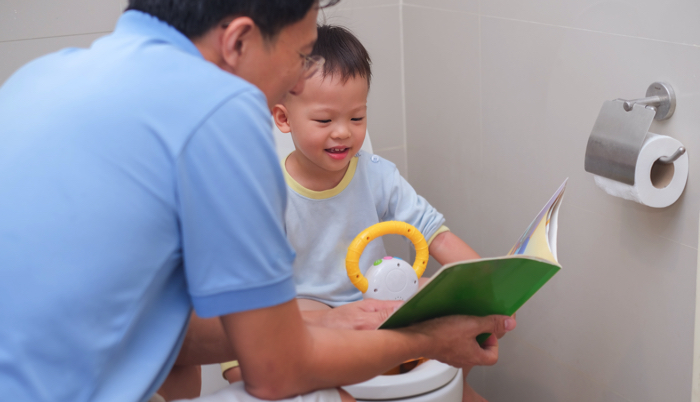
How Long Should a Child Sit On the Potty When Potty Training?
It’s recommended not to leave your child on the potty for more than 5 minutes. This is because they might find it uncomfortable and will start to refuse to use it. Yes, there will be times when the 5 mins is up that they stand and immediately have an accident. Just remember, this is the position they’re used to peeing in. It will take them a while.
Make the potty a fun place to be by giving them a book to look at. This is a particularly good idea 15-30 minutes after a meal as digestion is usually followed by a natural reflex to poop—the potty training accidents you’ll definitely want to avoid!
Potty Training and Holding It In
If your little one develops potty resistance, constipation or a fear of the toilet they may start holding it in. It’s not uncommon, but should be dealt with quickly to avoid urinary tract infections and pain associated with stool withholding.
Below are some common potty training problems and solutions. If these don’t work, take your little one to the doctor for a check-up.
| Problem | Solution |
| Anxiety | For some kids, potty training is new and scary. Offer praise and potty training rewards, use potty training charts, and read fun picture books about learning to go potty. Most importantly, never scold them for accidents. |
| Fear of the toilet flushing | Toilets can be loud and some kids fear they’ll be flushed away! Make it fun by letting them flush pieces of toilet paper and saying “bye bye.” If they’re still scared, stick to a potty chair. |
| Constipation | Constipation can make it painful to poop. Start by increasing fiber in your child’s diet and reducing dairy, including milk. If the problem still isn’t solved, talk to your child’s pediatrician. |
| Resistance | Most adults wouldn’t like to be nagged to do something every 20 minutes, and many toddlers feel the same. Spread out potty visits and build them into their routine. Create a fun picture schedule so they can tell you when it’s time to go! |
Potty Training Schedules for Naps and Bedtime
Naps and bedtimes are great transition points to build your potty training schedule around. Take your child to the potty just before they go to sleep and immediately when they wake up. This should help to prevent accidents while they sleep. However, nighttime potty training can be tricky and should be delayed until around 6 months after daytime training.
What time should a child stop drinking before bed?
Ideally, you should stop offering drinks to your child an hour before bed. If your little one is really thirsty, offer small sips of water. Sugary drinks can irritate the bladder and lead to waking or accidents.
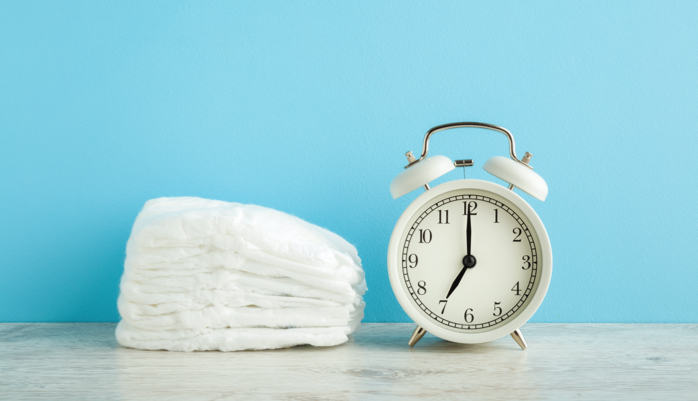
Should I Use a Timer for Potty Training?
A timer is a great way to avoid accidents when potty training your child. By taking your toddler to the potty every 20 minutes it’s unlikely they’ll have any pee left for your carpet! However, be careful. If your timer is too frequent your child could get annoyed and start refusing to go.
You can also consider purchasing a potty training watch. Potty training watches are cute and designed for toddler-sized arms. Having a watch might help your child feel more independent as the timer is on their wrist and not connected to someone else’s phone or watch.
How Long Should Potty Training Last?
After reaching potty training age, it takes an average of 3 to 6 months to fully train a child. This will vary depending on a wide range of factors. For example, younger children can take longer, girls are generally faster than boys, and second children are typically quicker than their older siblings. Most importantly, your little one should be ready to potty train.
What is the fastest way to potty train a toddler?
The fastest way to potty training success is to use an intensive, parent-led approach like the 3-day potty training method. This method is great if you can clear your diary and don’t mind watching for cues that they need to pee or poop. However, some kids respond better to gradual approaches, like the schedule method. It helps them to feel confident and in control of their potty training journey.
Whichever potty training method you choose, remember that your little one will get there in the end. When it gets tough, just think about all the things you’ll be able to spend that diaper money on—like toys, daycare and shoes they’ll only wear for 6 months!
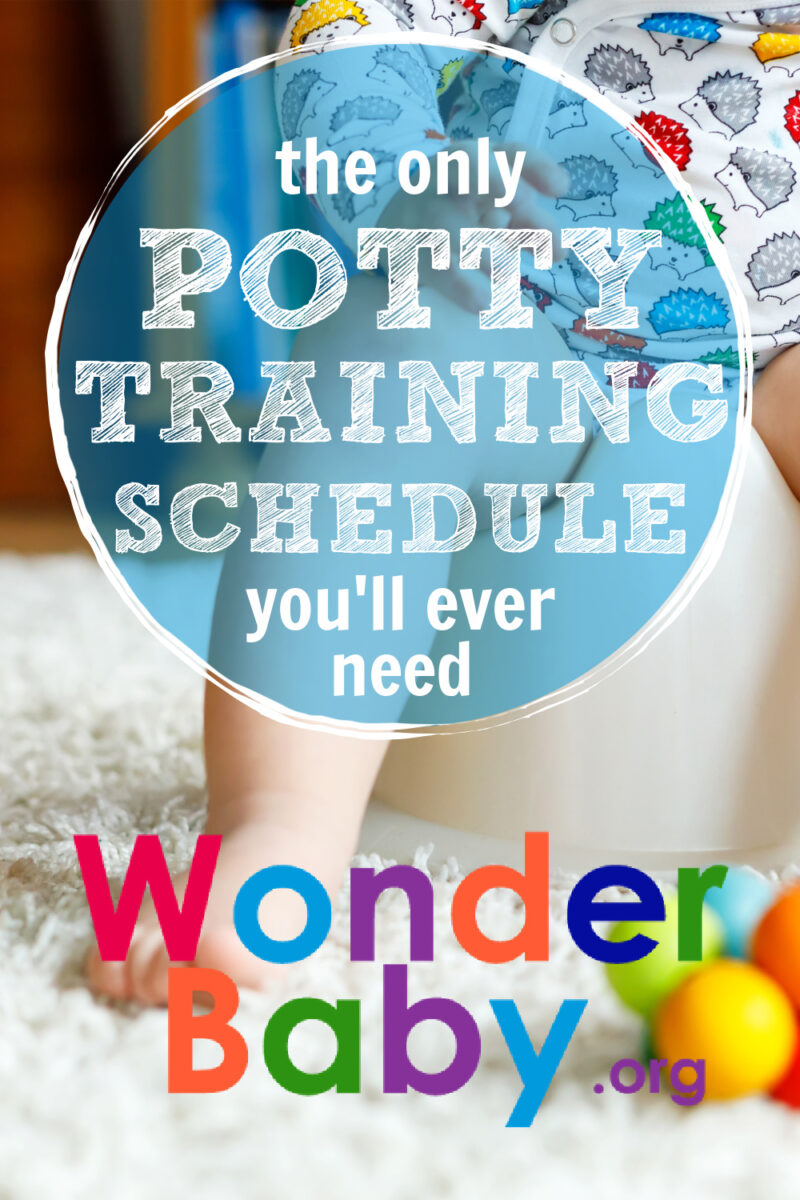
Related Posts
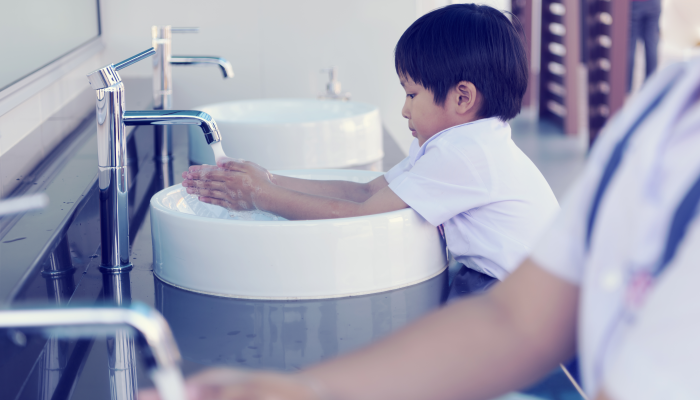
IEPs, Potty Training
7 Sample Toileting IEP Goals
Toileting IEP goals should address the specific needs and abilities of each child. Be flexible and patient as your child works on their toileting skills.
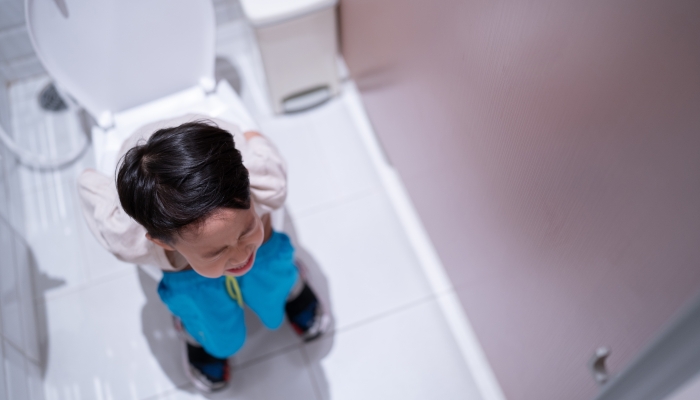
Potty Training
How To Deal With Constipation When Potty Training
Constipation is common amongst children of potty training age. Many children suffer from potty training constipation, but there are things you can do to help.
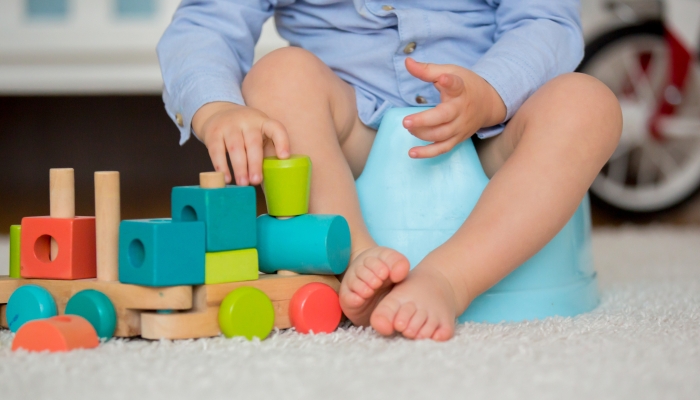
Potty Training
5 Potty Training Games To Make Potty Training Fun
Learning to use the toilet doesn’t have to feel like hard work. There are lots of potty training games you can play with your toddler to make learning fun.